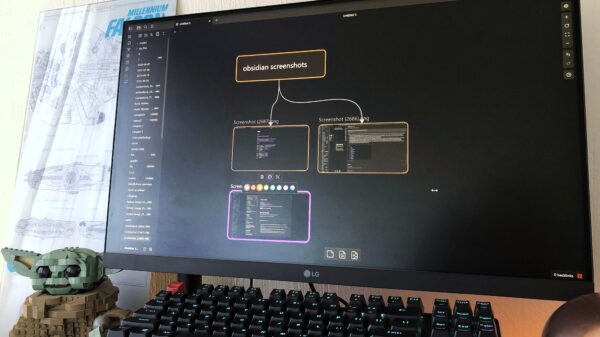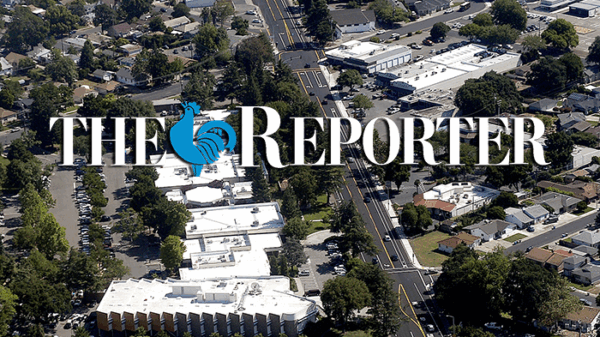Clinical trials are the cornerstone of medical advancements, yet they often fail to reflect the diversity and complexity of real-world patients, particularly those in community care settings. This disparity poses a significant challenge in translating trial success into routine practice, especially for underrepresented populations.
Real-world evidence (RWE) studies are emerging as essential tools for bridging this gap, building physician confidence, and expanding the adoption of new therapies post-approval. Access to representative datasets, beyond the confines of academic centers, is critical. Emerging technologies like federated data models and AI-driven harmonization are playing a pivotal role in overcoming current limitations.
Understanding the Clinical Trial Divide
New therapies often enter the market with robust clinical trial data, yet their adoption in routine care can be slower than anticipated. One key reason is the mismatch between trial populations and those seen in everyday practice. Clinical trial cohorts typically include more patients from academic institutions, with stringent eligibility criteria and uniform care delivery. In contrast, routine practice involves diverse patient demographics, variable access to diagnostic testing, and differences in care delivery across providers and regions.
Expanding adoption requires more than just education or outreach. It necessitates generating evidence that supports the therapy’s effectiveness in real-world populations that better reflect day-to-day clinical practice. Unlike guideline inclusion, where structured evidence is reviewed by formal committees, broader adoption often hinges on physicians witnessing outcomes in patients who mirror their everyday practice.
Filling the Gaps with Real-World Evidence
Clinical trials are meticulously designed to demonstrate safety and efficacy under controlled conditions. However, the same controls that ensure statistical soundness also limit patient diversity. Strict inclusion and exclusion criteria often exclude patients with certain comorbidities, older adults, or those treated in community settings.
As a result, once a therapy enters the market, physicians practicing outside large academic medical centers may not see their patient populations reflected in published trial results. This can create uncertainty about whether the same outcomes apply to their patients, especially when clinical presentations are more complex or diagnostic workflows differ from those in the trial.
The Role of Representative Real-World Evidence
To build confidence beyond the trial setting, pharmaceutical companies frequently conduct follow-on studies using real-world data. A post-approval study can demonstrate a therapy’s effectiveness in broader patient groups, particularly those not well-represented in the original trial. These studies are often led by principal investigators in partnership with community and academic research sites. Findings are typically published in peer-reviewed journals to bolster physician confidence and inform policy updates.
“When done well, these studies address clinical questions that trials were not set up to answer. They may show whether a therapy performs consistently in different demographic groups, in non-academic settings, or when delivered alongside varying standards of care.”
Such studies can support more confident prescribing and inform broader inclusion in guidelines or coverage policies. However, the value of these studies depends on the quality and representativeness of the data used.
Data Access Challenges and Technological Solutions
In the U.S., up to 80% of oncology patients are treated outside academic centers. If datasets overlook these environments, they risk missing the majority of real-world patient experiences. For teams focused on expanding therapy adoption, the challenge lies not in acquiring data but in accessing datasets that reflect real-world care. Many widely used platforms draw heavily from academic medical centers, where patients, workflows, and diagnostic access differ from those in community settings.
This overrepresentation limits the ability to study how therapies perform across diverse populations or care environments. When datasets focus too narrowly, it becomes difficult to build evidence that supports broader clinical decision-making or addresses variation in real-world adoption.
Emerging technologies are helping overcome these limitations. Federated data models, artificial intelligence-driven data harmonization, and synthetic control arms allow researchers to generate robust, privacy-preserving insights across multiple care settings without centralizing sensitive patient data. These innovations enable the study of therapy performance in truly diverse populations, unlocking broader clinical utility.
Bridging the Gap: A Strategic Investment
Regulatory approval confirms that a therapy is safe and effective in a defined trial population. However, translating that success into real-world adoption can be more complex. For therapies to reach broader patient populations, especially those underrepresented in trials, pharmaceutical teams often need to invest in generating evidence that mirrors real-world care. These studies play a critical role in filling the gaps left by clinical trials, helping physicians understand how a therapy performs in settings and patient groups they encounter daily.
As the oncology landscape continues to evolve, the ability to assess performance across diverse clinical environments is becoming a key factor in driving adoption. Generating this type of evidence is a strategic investment for ensuring that innovations in care translate to real-world benefit. As precision therapies grow more targeted and complex, the need for population-level, representative evidence will only increase. Bridging the divide between clinical trials and the real world is no longer a post-market task—it’s a prerequisite for scalable innovation.
According to Noah Nasser, CEO of Datma, “Bridging the gap between clinical trials and real-world practice is crucial for the future of healthcare. It ensures that therapies are not only effective in controlled environments but also in the diverse settings where patients receive care every day.”






































































